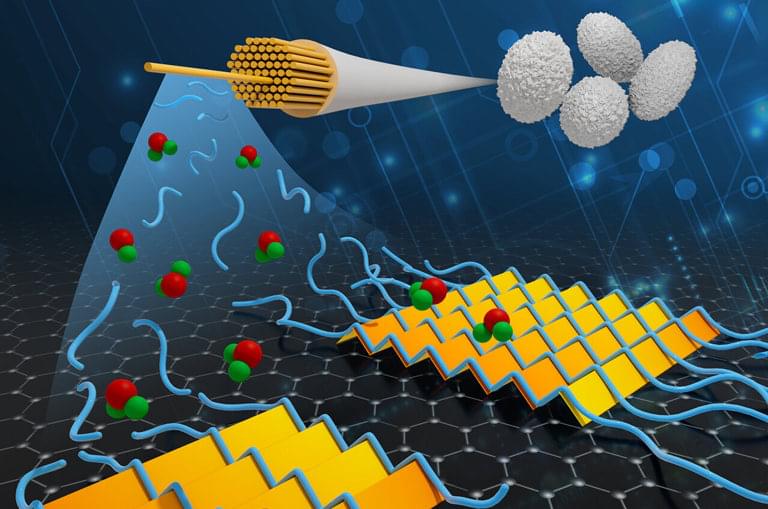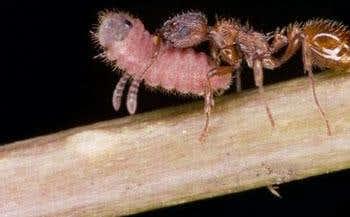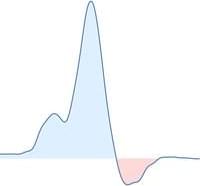He represented ontic structural realism but there is epistemic structural realism as well.
Enjoy the videos and music you love, upload original content, and share it all with friends, family, and the world on YouTube.
He represented ontic structural realism but there is epistemic structural realism as well.
Enjoy the videos and music you love, upload original content, and share it all with friends, family, and the world on YouTube.

It comes only weeks after Elon Musk re-posted a parody of a Kamala Harris campaign ad on X that garnered millions of views and used AI-powered voice manipulation to make it seem Harris called herself an incompetent presidential candidate.
In late July, Newsom specifically pointed to Musk’s post and vowed to sign a bill “in a matter of weeks” banning the practice.
The governor of California just made this parody video illegal in violation of the Constitution of the United States.




A beautiful butterfly is able to fool ants into rearing its young by masking them with the ants’ own smell, say researchers.
Caterpillars of the alcon blue butterfly have developed an outer coat that tricks ants into believing the young are its own, duping the ants into carrying the larvae back to their colonies to care for.
But what is more, the ant seems to “recognise” that it is being duped and one population appears to be engaging in an evolutionary arms race with the butterfly, says the team led by David Nash at the University of Copenhagen, Denmark.



